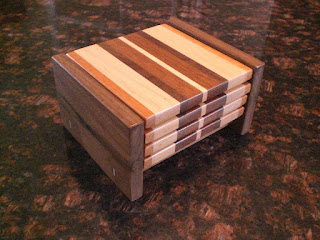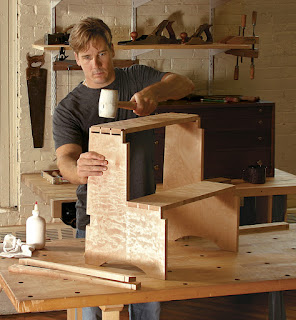Plans for Woodworking: Free and Premium DIY Project Ideas
Plans for Woodworking: Free and Premium DIY Project Ideas
The satisfying scent of freshly cut wood, the rhythmic whir of the saw, the gradual transformation of raw materials into beautiful, functional objects – woodworking offers a unique blend of creativity and craftsmanship. Whether you're a seasoned artisan or a curious beginner, the world of DIY woodworking projects is vast and rewarding. This article explores a range of free and premium plans to ignite your imagination and get you building.
Free Woodworking Plans: Unleash Your Inner Craftsman
Embarking on your woodworking journey doesn't require a hefty financial investment. Numerous websites and online communities offer a treasure trove of free woodworking plans, catering to all skill levels. These plans provide detailed instructions, diagrams, and material lists, guiding you step-by-step through the construction process. Don't underestimate the value of these free resources! They offer a fantastic opportunity to learn new techniques, experiment with different designs, and build your confidence.
Easy Projects for Beginners
If you're just starting, begin with simple projects like a birdhouse, a small shelf, or a basic cutting board. These projects require minimal tools and materials, allowing you to focus on mastering fundamental woodworking techniques like measuring, cutting, and sanding. You'll quickly gain a sense of accomplishment, motivating you to tackle more complex projects in the future. Look for plans with clear, concise instructions and plenty of visuals.
Consider these beginner-friendly options:
- A simple coat rack
- A rustic spice rack
- A decorative wooden box
Intermediate Challenges: Stepping Up Your Game
Once you've mastered the basics, you can explore more challenging projects. Think about building a sturdy workbench, a stylish coffee table, or a charming Adirondack chair. These projects introduce you to more advanced joinery techniques, such as mortise and tenon joints, and require greater precision and planning. Remember to carefully review the plans and prepare your workspace before starting.
Premium Woodworking Plans: Investing in Your Craft
While free plans are a great starting point, premium plans often offer a superior level of detail, professional-quality designs, and access to expert support. These plans frequently include high-resolution diagrams, detailed material lists with specific sourcing recommendations, and even video tutorials to guide you through every step. The investment in a premium plan can be well worth it, especially for intricate projects that you want to execute flawlessly.
The Benefits of Premium Plans
Premium woodworking plans often provide several key advantages. They frequently include:
- Detailed cut lists and material specifications: Eliminating guesswork and ensuring you have the exact materials needed.
- Step-by-step instructions with clear visuals: Minimizing confusion and making the process easier to follow.
- Expert support and troubleshooting: Providing assistance if you encounter challenges during construction.
- Access to a community of fellow woodworkers: Offering opportunities for collaboration and learning from experienced craftspeople.
Choosing the Right Premium Plan
When selecting a premium woodworking plan, carefully consider the project's complexity, your skill level, and the quality of the instructions. Read reviews from other woodworkers, and ensure the plan provider offers reliable customer support. Don't hesitate to invest in a plan that aligns with your aspirations and capabilities. The result will be a project you're truly proud of, made with skill and precision.
Whether you choose free or premium woodworking plans, remember the journey is just as important as the destination. Embrace the learning process, enjoy the creative challenge, and savor the satisfaction of crafting beautiful and functional pieces with your own two hands.











